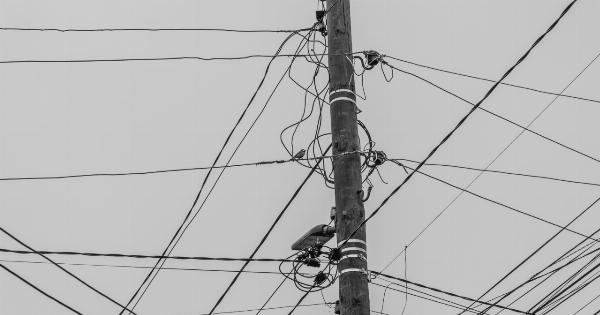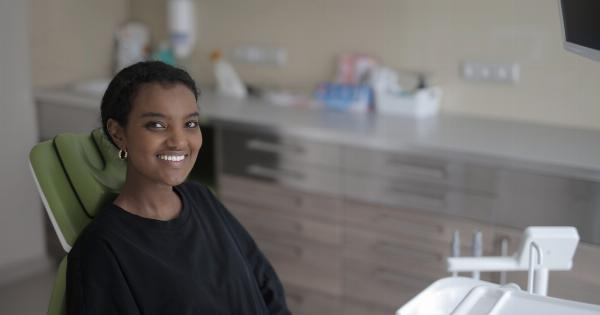Warts, also known as Human Papillomavirus (HPV), are a common sexually transmitted infection that affects both men and women. HPV can cause warts to develop in the genital area, which can be uncomfortable and cause embarrassment.
Genital warts can range from small, flat warts to larger, cauliflower-like warts. In some cases, the warts may be painful or bleed.
How Does HPV Spread?
HPV is spread through sexual contact, including vaginal, anal, and oral sex. It can be spread even if a person does not have visible warts, making it difficult to know when you’ve been exposed to the virus.
Condoms can help reduce the risk of spreading HPV, but they are not foolproof.
Symptoms of Genital Warts
Genital warts often appear as small, flesh-colored bumps in the genital area. They may be raised or flat, and can be clustered together. Sometimes they can be itchy, painful, or bleed during sex.
In women, genital warts can also develop on the cervix, which can cause abnormal Pap test results.
Diagnosing Genital Warts
If you suspect you have genital warts, it’s important to see a healthcare provider for an accurate diagnosis. Your provider may examine the affected area and may also perform a Pap test in women to check for HPV on the cervix.
In some cases, a biopsy may be needed to confirm the diagnosis.
Treating Genital Warts
There is no cure for HPV, but there are treatments available to help manage the symptoms of genital warts. Treatments include:.
1. Topical Treatments
Topical treatments such as imiquimod cream, podofilox gel, and sinecatechins ointment can be applied directly to the warts to help shrink and eliminate them. These medications work by boosting the immune system to fight off the virus.
They are generally applied at home and require several weeks of treatment.
2. Cryotherapy
Cryotherapy involves freezing the genital warts with liquid nitrogen. This causes the warts to blister and fall off. Cryotherapy may require several treatments, and can be painful.
3. Electrocautery
Electrocautery involves using an electric current to burn off the genital warts. This treatment is generally performed in a healthcare provider’s office, and can be painful.
4. Surgery
In some cases, surgery may be needed to remove the genital warts. This is generally only done if other treatments have failed, or if the warts are large or causing discomfort.
Preventing Genital Warts
The best way to prevent genital warts is to practice safe sex. Using condoms during sex can help reduce the risk of spreading HPV, but they are not foolproof.
The HPV vaccine is also available to help protect against certain strains of the virus that can cause genital warts and cervical cancer. This vaccine is recommended for both boys and girls before they become sexually active.
Conclusion
Genital warts can be uncomfortable and embarrassing, but there are treatments available to help manage the symptoms.
If you suspect you have genital warts, it’s important to see a healthcare provider for an accurate diagnosis and to discuss treatment options.






























